Affiliate links on Android Authority may earn us a commission. Learn more.
Xiaomi: past, present & future
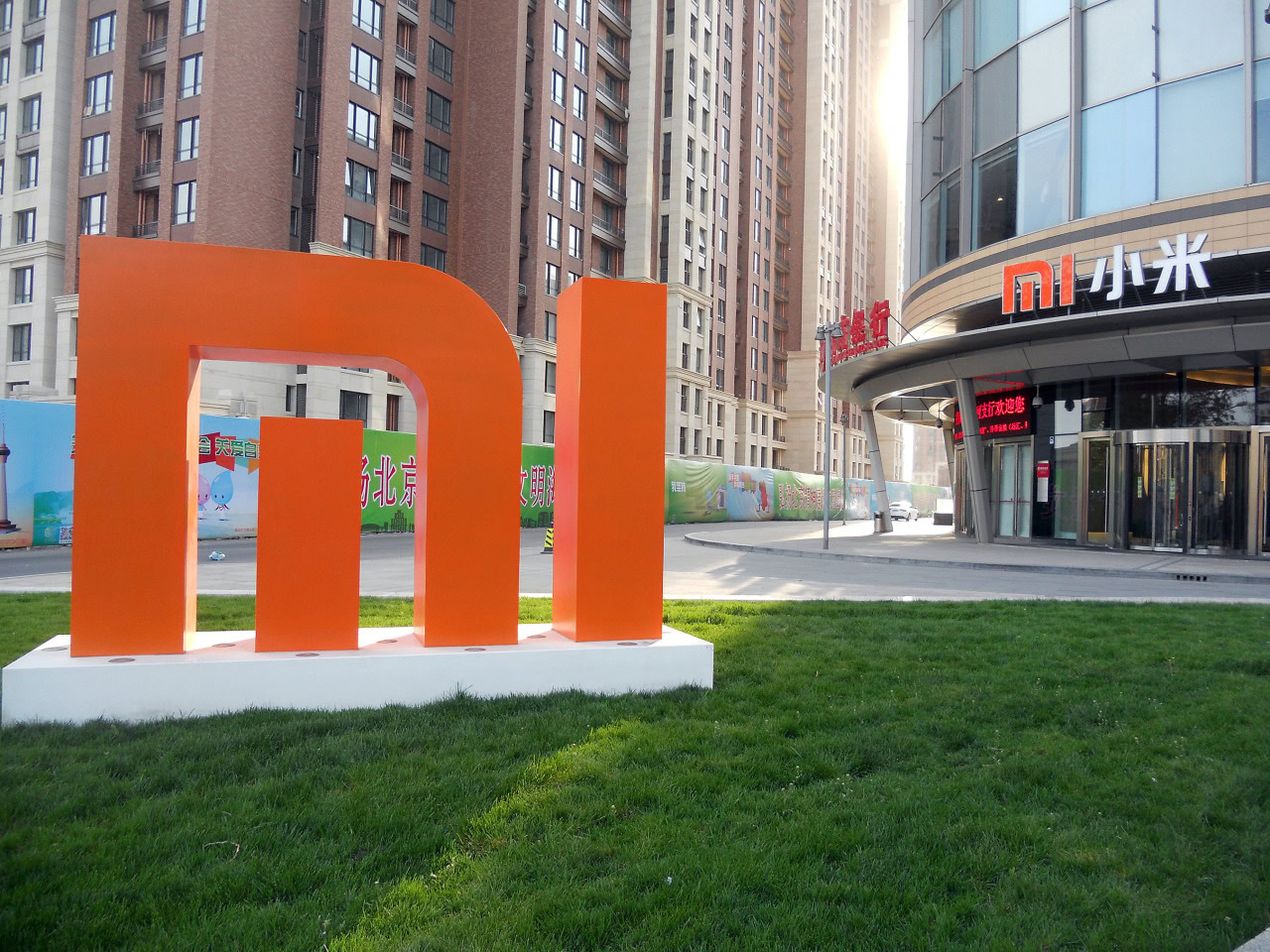
Xiaomi is taking the world by storm. Only five years after its inception, the Chinese smartphone manufacturer has managed to take the #1 spot in its home country, as well as the #5 spot in the world (according to the IDC). Their smartphones go out of stock within minutes wherever they are made available, which makes it no surprise that they managed to sell $61 million handsets in 2014. And these numbers are not going down, as their growth is estimated at 30% in 2015. Valued at $46 billion, Xiaomi has been called the most valuable tech startup in the world.
How did a tiny little Chinese startup manage to blow up like this in only five years, beating plenty of veterans that have been around for generations? Xiaomi is now a leader in the industry, and they were part of our post on Chinese manufacturers to keep an eye on. It’s time to give you the rundown of their past, present and future. Let’s jump into all the details.
In the beginning
Xiaomi’s founding dates back to April 6th, 2010, when the startup was created by eight partners, including ex-Kingsoft CEO Lei Jun. Their initial plan didn’t really include building smartphones (at least that’s what publicly available info tells us). Instead, Xiaomi’s focus was making a ROM that would soon become one of the most popular in the world – MIUI.
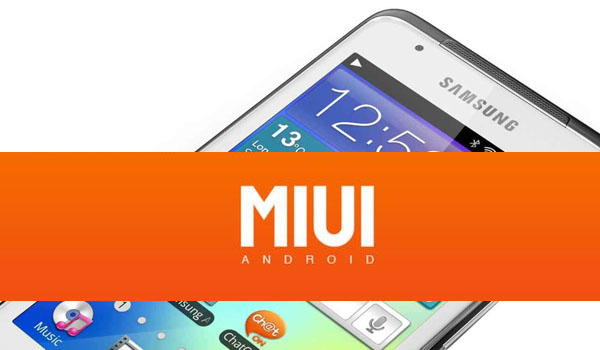
Though based on Android, the MIUI ROM was highly associated with Apple’s software. The interface was simple, there was no app drawer and icons were playfully colorful. It also touted interesting features that other ROMs lacked, including its own app store, an enticing music player and even cloud backup. It was a breath of fresh air and people absolutely loved it.
As of February 2015, Xiaomi has over 100 million MIUI users. This is definitely nothing to scoff at, and it’s true testimony of the company’s success.
Then there was hardware
Xiaomi simply wasn’t satisfied with its success in the software world; it came to a point when the company also wanted to make its own hardware. And so the Chinese startup jumped into this industry with both feet in. In 2011, the company launched the Xiaomi Mi 1. This device became the first Xiaomi smartphone to sell in record times. It took only 34 hours for the company to go out of stock (pretty much every Xiaomi product sells out in seconds, nowadays).
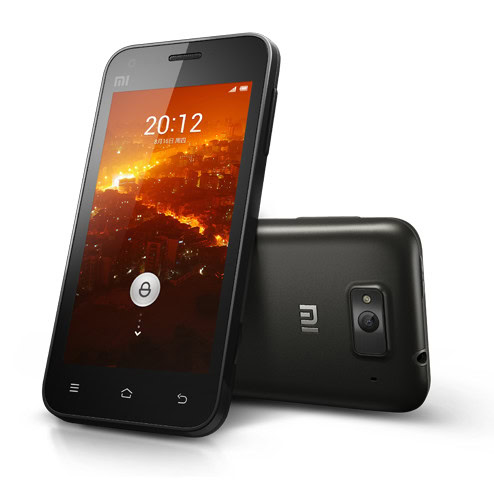
This Mi 1 had a Qualcomm Snapdragon S3 processor, 1 GB of RAM, a 4-inch 854 x 480 display, 8MP/2MP cameras and a 1930 mAh battery. To put things into perspective, we named the Samsung Galaxy S2 the best phone of 2011, and the Korean device wasn’t really that much better than the Mi 1. Where Xiaomi beat everyone (and still does) is the price, though. The Xiaomi Mi 1 costed 1999 Yuan, which currently equals to about $314 USD. Those prices were unheard of back then!
To take over the world, you must conquer the internet
So how did Xiaomi manage to go from nothing to becoming one of the biggest tech manufacturers in the world, in just a matter of a few years? For starters, the company makes great-looking devices, puts great hardware in them and undercuts the competition in pricing. The value they offer is nearly unbeatable, even by major manufacturers. The real question is – how do they manage to make their products so cheap?
No, this is not only because Xiaomi is a Chinese company. The startup was also among the first to adopt a more modern business strategy that has put it ahead of competitors. First, Xiaomi is focusing on long-term profits, not immediate gratification. They don’t make too much cash from their sales, instead they aim to reach a wider audience, strengthen their brand and build a foundation for future profits.
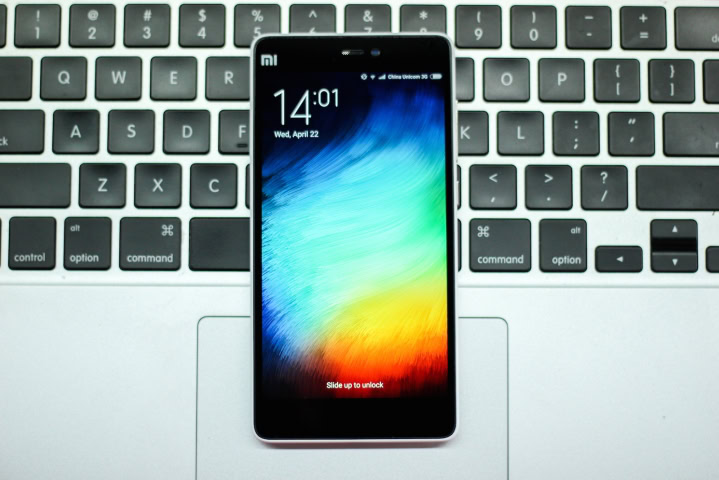
Another important factor is that Xiaomi keeps very tight control on its stock. They always have a much higher demand than supply, which is why units sell out in a matter of minutes every single time. They are never sitting on unsold products, so there’s no need to worry about losses or overstocked devices.
Lastly, the Chinese phone maker highly depends on social media and word of mouth for its advertising needs. You won’t see their product ads in TV, billboards or magazines, which cost a fortune to promote your brand on. Instead, they harness the power of the internet and transfer those millions in savings to you.
Multiple companies have adopted Xiaomi’s business model since then. One of them happens to be OnePlus, another very popular Chinese startup. Even Chinese tech giants like HUAWEI, ZTE, and Lenovo have swallowed their pride and launched unabashed Xiaomi clones, in the form of sub-brands like HONOR, Axon, and ZUK.
Where Xiaomi now stands
As mentioned above, Xiaomi is currently no small player. They are #1 in China and #5 in the world, which is no small feat for a startup. And today they are doing better than ever. Expectations to increase sales by 30% in 2015 don’t seem unrealistic, considering the company has already moved 34.7 million smartphones during the first half of 2015. They are on their way to becoming a technology powerhouse, and certainly have the necessary weapons at their disposal.
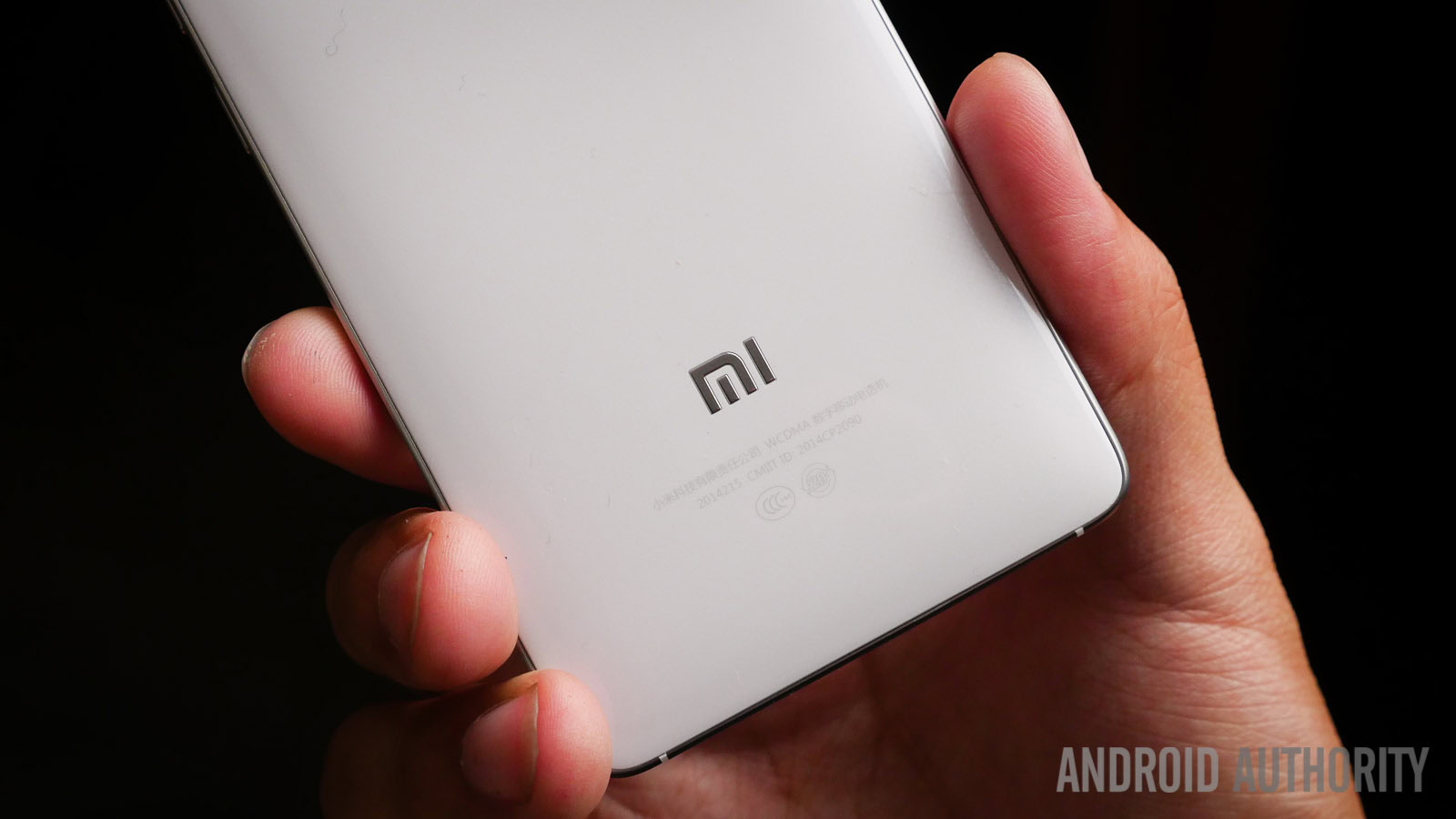
Xiaomi is by no means scared of entering new markets, and so far they have been successful in all their endeavors. Their smartphone business is thriving. Affordable devices like the Redmi Note 2 and Mi 4i happen to offer amazing value. Higher-end handsets like the Mi Note Pro and Mi 4 do the same, while also providing top-of-the-line performance. Xiaomi has also proven to be a main player in the wearable market. The Mi Pad competes only with the best of the best, but costs only about $200. The company also makes TVs, power banks, headphones and even air purifiers.
Entering new markets
An announcement hit the interwebs on August 2013, letting us know former Google Android team member Hugo Barra was to join Xiaomi as vice president of product management. This move was said to help the company expand into new markets. And so the preparations began.
We know these guys are here to stay, but what will the future hold for them? If Xiaomi is good at anything, it is at being patient. They will always wait for the right time to make any move, but be sure they are also adamant about their expansion.
One of the main factors holding Xiaomi back is availability, which is why the startup plans to enter new markets soon. They are currently dipping their toes into western waters by launching official accessory stores in the US, UK, Germany and France.

Xiaomi does want to take its business to another country in the Americas, though. They want to pierce into Latin America by first conquering Brazil. In addition, a new partnership with Leadcore may signal Xiaomi supplying its own chipset, and rumors suggest they even have plans for making a laptop.
Xiaomi in the future
Some say Xiaomi is the “next big thing”, while others claim it’s “China’s Apple”. The truth is it’s neither, and we must give them credit for that. Their business and pricing model is nothing like Apple’s, Samsung’s or any other manufacturer’s. Some of their devices might have certain similarities to others, but a Xiaomi product is hard to be mistaken.
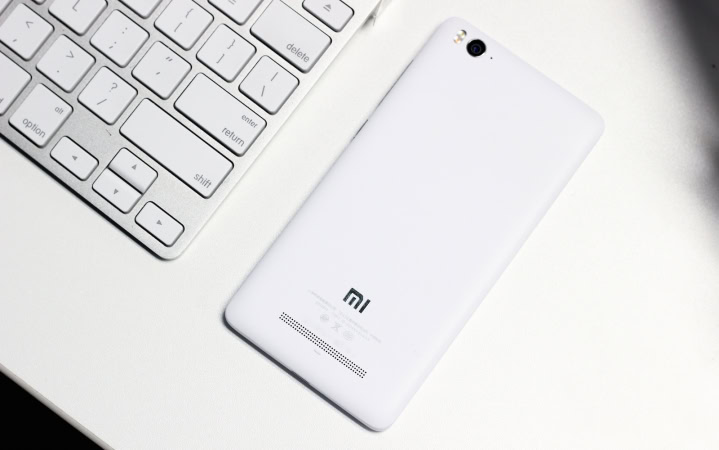
It is companies like Xiaomi that are changing the way we look at technology. This is why I don’t see them going anywhere, at least anytime soon. The startup sure has its complications, but I feel like these are being taken into account by Xiaomi. Only time will tell, but so far it all seems to point towards a successful future for Xiaomi.
What do you think? Will Xiaomi raise to the top and compete more closely against the big guys? Will they just get stuck at some point? Hit the comments and share your thoughts!
[related_videos title=”Hot Xiaomi videos!” align=”center” type=”custom” videos=”640394,621025,594382,588731,517878,515252″]